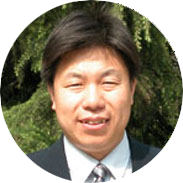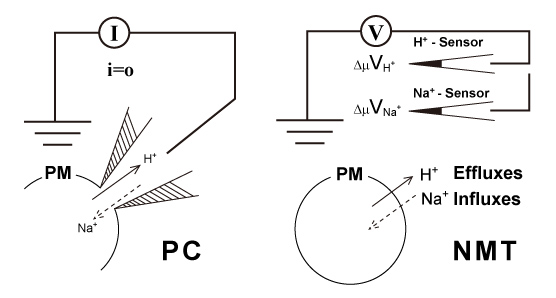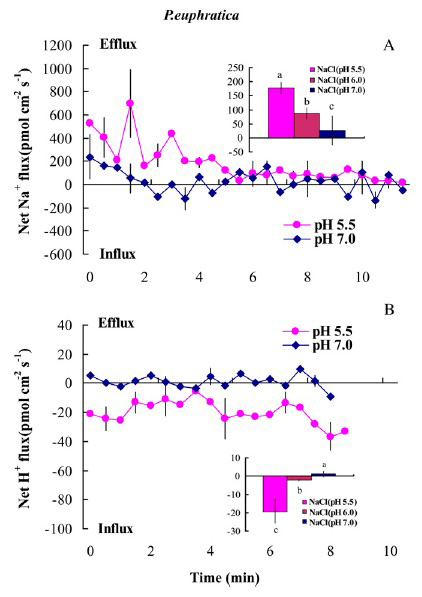Scientist & Research:

Dr. Chen, Beijing Forest University
Salt Stress/Resistance Research in Poplar
Challenges:
Poplar is an excellent model to study salt stress/resistance, but there are few techniques suitable to study Na+, K+, and Cl- which are essential players in this process, especially with living roots of Poplar. Chen's group has tried the Patch Clamp technique for quite some time but no significant progress was made. This was not only due to the Giga ohm seal challenges, but also because of the fact that when there are equivalent amounts of transportation of both Na+ and K+ in the root of Poplar, the Patch Clamp will end up with '0' current if they are moving in opposite directions.

NMT Solutions:
Since NMT is using ion/molecule selective micro sensors to detect the ions and/or molecules, Dr. Chen's group knew:
1) which ions and/or molecules they were studying before the experiments started;
2) both direction and magnitude of the ions/molecules they are measuring.
The transient changes of oxygen released or absorbed under different light conditions were found, which is crucial to understand the relationships among the algae, the bacteria and the waste water.

